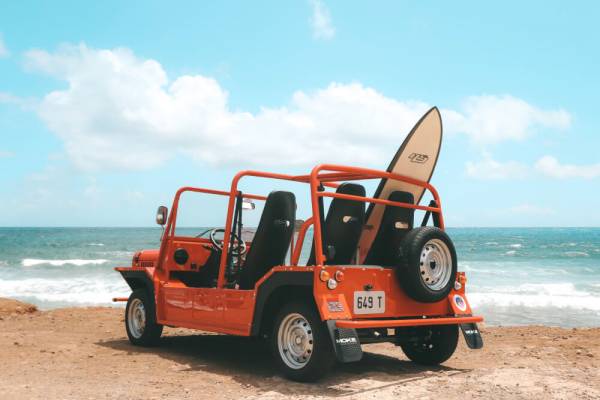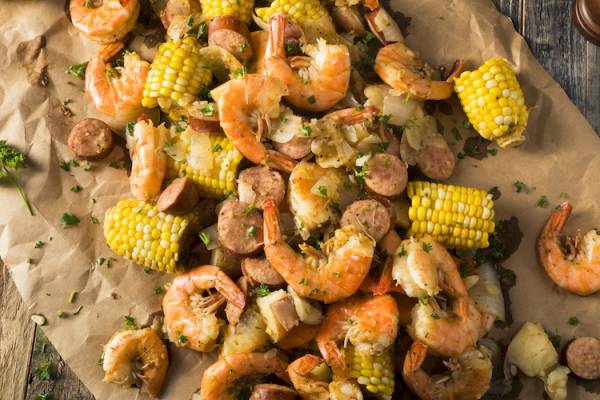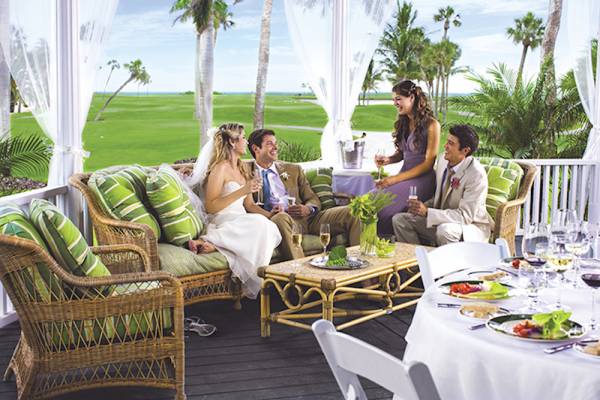Sanibel & Captiva Islands Area Guide
Make the Most of Every Moment in Southwest Florida
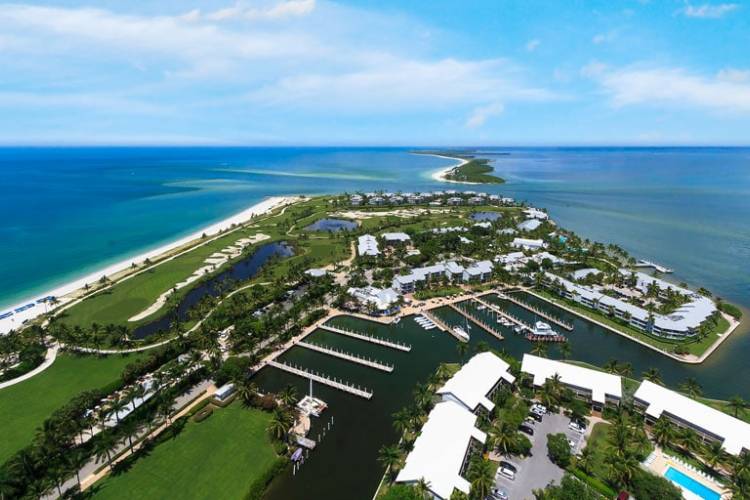
The history of Sanibel Island and Captiva Island features rich intrigue and adventure. Historians believe that Sanibel and Captiva were formed as one island about six thousand years ago, as sediment that rose from the sea after being shaped by centuries of storm activity. Dating as far back as 2,500 years, the native Calusa Indians were the first-known residents of the island. The Calusa skillfully transformed the waterways around the island into abundant riches of food and tools. Whelks, conchs, clams, oysters, and other seafood were used for food, and their empty shells were crafted into tools. The Calusa proved to be skilled builders and craftsmen, perching their huts high atop shell mounds to provide protection from storm tides. Some of their shell mounds, which were also used for ceremonial, ritual and burial sites, remain intact today.
Famous explorer Juan Ponce de Leon is believed to have discovered Sanibel Island – which he named “Santa Isybella” after Queen Isabella — in 1513 while searching for his “Fountain of Youth.” He and his Spanish seamen battled the hostile Calusas for years, and Ponce de Leon eventually suffered a fatal arrow attack at their hands in 1523, at which time he retreated to Cuba and died.
The Spanish were unsuccessful in establishing any kind of permanent settlement. However, their infiltration introduced European disease and slavery to Sanibel, and overcome by yellow fever, tuberculosis, and measles, the Calusa population all but became extinct by the late 1700s.
Legend has it that the barrier islands soon became a haven for infamous pirates. “The Buccaneer Coast” attracted the notorious Jose Gaspar to the region in the early 1800s, where it was rumored that he buried his stolen treasure on Sanibel, and then built a prison on “Isle de los Captivas,” or Captiva Island, where he kept his female prisoners “captive” for ransom. Gaspar himself was captured in 1821 by the U.S. Navy, but wrapped himself in chains and jumped overboard off his ship, rather then face imprisonment.
Indian raids from the Seminole Wars kept settlers and fisherman at bay and discouraged any permanent settlements on Sanibel for several decades. Although Florida was admitted into the Union in 1845 as the 27th state, it was only after the country’s Civil War that increased military activity was able to secure the area and deem the island safe for settlers. In 1870, the U.S. Government ruled that Sanibel Island would become a lighthouse reservation and, on August 20, 1884, the Sanibel Lighthouse was first lit, and remains a working lighthouse to this day.
Old Town Sanibel – Island History
Pioneer settlement on Sanibel centered around Point Ybel, which is now considered “Old Town Sanibel.” This area near the lighthouse was once the center of island activity, where most of Sanibel’s early pioneers passed through. By 1889, there were 21 houses and 40 families living on Sanibel. In 1892, with a population nearing 100, Sanibel built its first schoolhouse, which visitors can now see displayed at the Sanibel Historical Village.
In 1928, the Kinzie brothers constructed docks at the east end of Sanibel, and ferry service provided transport to the island for the next 35 years. Sea captains and farmers quickly started to homestead the island. In addition to “Old Town,” a village developed at Wulfert (near today’s “Ding” Darling National Wildlife Refuge) where settlers planted grapefruit, watermelon and vegetable farms. Inventor Clarence Chadwick converted most of Captiva into a key lime plantation; today, Chadwick’s plantation is the site of the 330-acre South Seas Resort.
Agriculture took a hard hit with the hurricanes of 1921 and 1926; the first of which split the island in two, the latter which featured a 14-foot storm surge that completely flooded all low-lying areas. Island agriculture never recovered, but in its place, a new source of revenue emerged: hospitality.
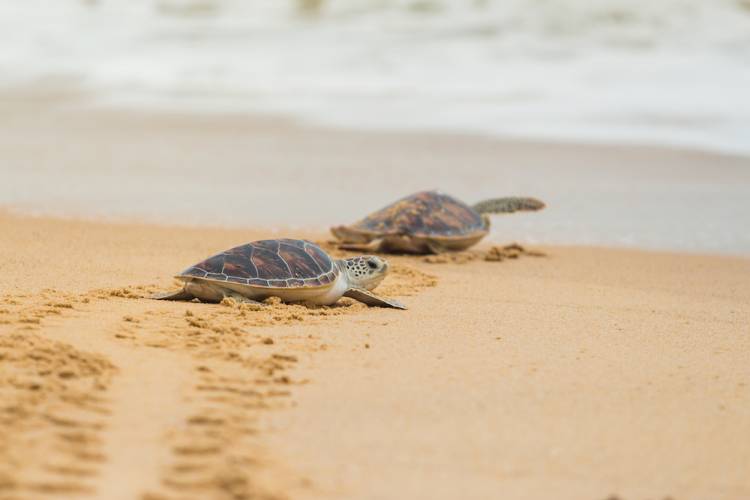
Sanctuary Islands
Throughout the 1950s and 1960s, Sanibel and Captiva’s reputation as sanctuary islands attracted more and more visitors. Drawn by its now-famous Florida beaches, shelling, fishing and nature walks, visitors arrived via a half-hour ferry ride from Fort Myers. Many stocked up for the week at Bailey’s General Store, which is still a mainstay of the island today.From native Indians, to Spanish explorers, infamous pirates and brave pioneers, the islands have many a fascinating tale to tell.
The Sanibel Causeway was completed in 1963, and soon threatened to change the face of the island. Many were afraid that the island would succumb to over-development and lose its charm and natural heritage. Eleven years later, Sanibel formed its own city government, allowing residents to control their own destiny in preserving the island. Land use restrictions enacted in 1974 continue to guide growth and development today, ensuring that generations of families will be able to continue to enjoy the special ambience and quiet harmony that Sanibel and Captiva Islands have to offer.
Turtle Season on Sanibel Island & Captiva Island
Sea turtle nesting season runs from May 1st to October 31st.
Sanibel Island & Captiva Island’s beaches provide the perfect subtropical nesting area for sea turtles, but please be sure to follow the guidelines of Sanibel Island and Captiva Island and turn off all lights that could draw attention away from the Gulf of Mexico to the land. By removing the light from the land and obstacles from the beach, baby sea turtles can find their way back to the water, where they need to be.
What to Pack
Our easy-going, outdoor lifestyle translates to casual, informal attire, both day and night. Shorts and sandals are the norm. Restaurants range from simple outdoor cafes to elegant candlelit dining rooms; none requires jackets or ties. Retail establishments generally request shirts and shoes.
Plan for sunshine. Our winters are mild (average daytime temperatures in the 70s and 80s) and dry (it rains just enough to keep our islands lush). Summer temperatures, ranging from the high 80s to low 90s, are tempered by cooling sea breezes and brief afternoon showers, followed by more sunshine and glorious sunsets.
Pack hats to shade your face and head, shorts, swimsuits, sunglasses, cover-ups, a sundress or two, polo shirts and t-shirts. In winter, slacks and a light wrap will complete your vacation wardrobe.
Occasionally you will run into “no-see-ums” (midges). These infamous small flying creatures are no health hazard but their bite can be very itchy and cause welts. They are most active near water at sunrise and sunset. You would be well advised to pick up some ‘No No-See-Um Repellent’ sold locally by one of our Chamber members.
If there is something you end up missing you can find things while shopping on the islands.
Getting Here
Sanibel Island & Captiva Island are located off the coast of southwest Florida, just west of Fort Myers, Florida. Fort Myers is situated between Naples, FL and Tampa, FL.
The Fort Myers Airport, Southwest Florida International Airport (RSW), is located approximately 20 miles away from Sanibel Island.
Getting Around
Nothing beats driving around the islands in a vintage, fully electric, street-legal Moke. With the top down and wind blowing in your hair you'll take in all the beautiful scenery that nature has to offer. Check out our partnership with The Moke & Cabana Club; they offer free delivery of Mokes, Electric Surfboards, and Cabana & Umbrella packages. As a Breakaway Vacations guest, claim your $100 in booking credits to use on their site.


